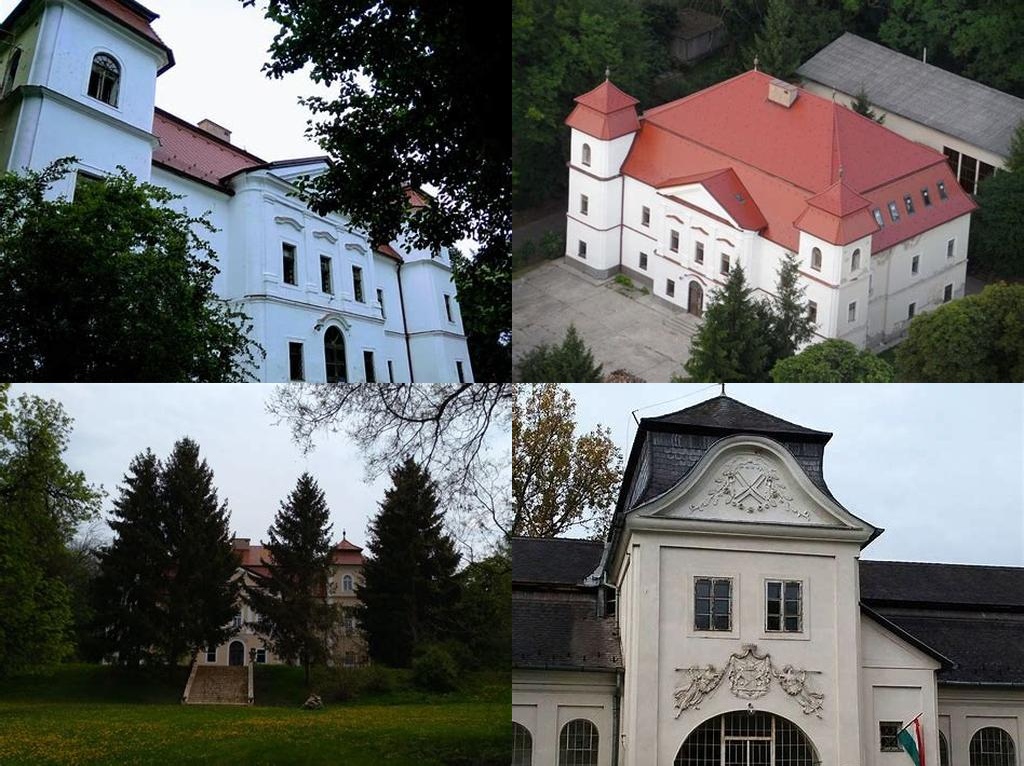
Fáy-kastély, or the Fáy Mansion in Sáta, sits quietly in the rolling hills of Northern Hungary, a place that many travelers overlook. Once you make your way to this small village, though, you’ll find yourself stepping into a world unexpectedly rich with stories and gentle architectural beauty. The manor doesn’t boast the gilded excesses of some of Hungary’s grander palaces, but instead charms you with an ambiance that mingles fading aristocratic splendor with the honest whispers of rural life.
The mansion dates back to the first half of the 19th century, crafted during a period when Hungary was stirring with ideas of reform and national identity. Built by the influential Fáy family—whose members included noted patrons of literature and culture—the manor used to be a vibrant hub for artists, writers, and thinkers. You can almost imagine the genial host, András Fáy, sometimes called the “fairy godfather of Hungarian literature,” greeting his guests on the sweeping lawns, heated debates and poetry readings drifting from one gilded parlor to the next. This isn’t a museum encased in glass, but rather a living record of regional memory, where each corridor seems to hum with traces of a literary salon under faded chandeliers.
As you approach the mansion, you’ll likely notice how its neoclassical style blends seamlessly with the gentle landscape around it. Not overly grand and never ostentatious, the Fáy Mansion wears its age gracefully, the muted yellows and whites of its façade softened by decades of wind and sun. Statues guard the old front steps, and ancient trees sway above, their roots tangled in hidden family secrets. Pause for a moment in the front yard: here, time feels almost suspended. If you visit in summer, the air is filled with the sound of birds and the heady scent of roses from the overgrown gardens—a gentle reminder that despite the passing of centuries, beauty here isn’t just in the brick and mortar, but in the shades and sounds that linger.
Stepping inside, the manor has a spirit all its own. The once-grand ballroom still hosts festive gatherings, especially during village celebrations. Fading frescoes peek from behind restoration scaffolds, and each room is a patchwork of the past: original parquet floors, antique stoves, and photographs of the Fáy family through different eras. Take special note of the library, rumored to have once contained thousands of volumes, many of them rare first editions contributed by friends of the family, including some of Hungary’s literary greats. Imagine reading by candlelight as summer storms rumbled beyond thick stone walls.
What truly sets Sáta and its mansion apart is the sense of intimacy and welcome. Unlike some heavily touristed sites, here visitors are treated more like locals allowed in on a neighborhood secret. With a little luck, you might even hear locals swap stories over homemade pálinka, recalling how the castle provided shelter during war, served as a school in the hard years after World War II, or hosted wedding feasts when good times returned. Each tale bundles together personal memory with pieces of Hungarian history, revealing the mansion as both a monument and a living, breathing presence in the village.
When you wander the grounds, don’t miss the centuries-old trees in the surrounding park, which locals claim have witnessed everything from duels of honor to serenades sung beneath their branches. Venture further and the nearby landscapes of Borsod-Abaúj-Zemplén county open up for hiking, cycling, and quiet reflection—an essential part of the Fáy Mansion’s charm is its setting amid nature, away from the din of modernity.
Visiting the Fáy-kastély in Sáta isn’t just about grand European history or impressive architecture—though there’s plenty of both. It’s about stepping softly into a chapter of Hungary’s past where the lines between story and reality blur. The people, the land, and the building itself each play their part. Whether you’re a lover of literature, a fan of faded beauty, or simply in search of a quiet place to feel the weight—and lightness—of history, the Fáy Mansion is worth discovering. Gently aged, quietly kept, always waiting for new stories to unfold within its walls.





